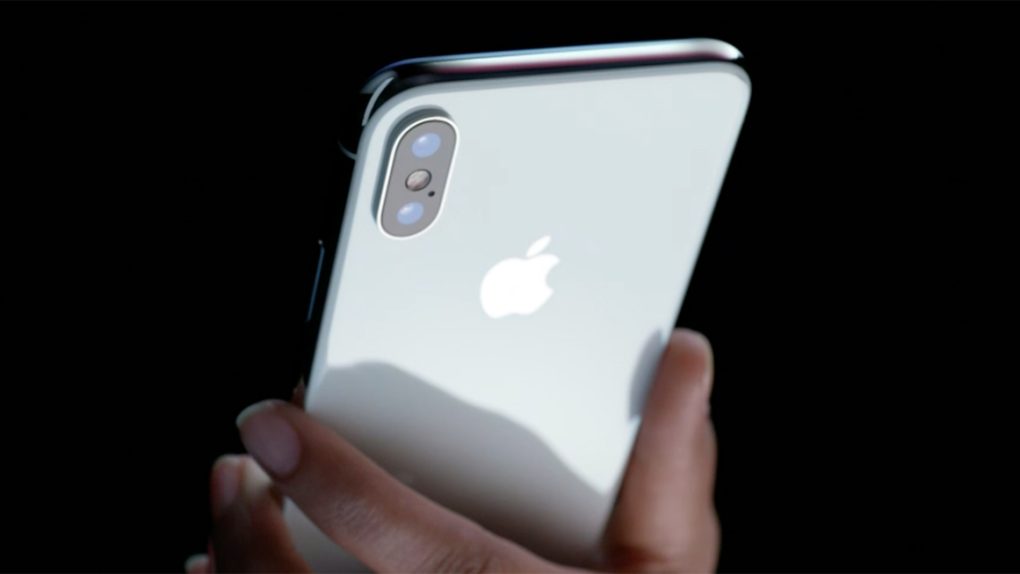Apple’s new iPhone X ushers in a ton of new tech that’s never been seen before on any iPhone. The OLED display is a big departure from the LCD screens Apple uses on other iPhone models, and Apple also introduced a brilliant internal design solution that allows the screen to go all the way to the bottom of the phone’s face. The dual-battery layout inside the iPhone X is another first for iPhones, as is the advanced TrueDepth camera and sensor array that enables Face ID.
Face ID has been quite impressive on the iPhone X. So much so that there’s far less backlash over the loss of Touch ID than most industry watchers were anticipating. Of course, TrueDepth in its current form is hardly the end of Apple’s efforts with 3D sensing and mapping on iPhones, and a new report on Tuesday sheds light on some exciting new tech in the works for Apple’s iPhone X successors.
Apple’s TrueDepth solution works by using an infrared dot projector that beams 30,000 dots onto your face. Then, a special camera sees those dots and creates a data-based map that is always evolving each time you use Face ID on your iPhone X. It’s a brilliant solution that’s far more secure than similar facial recognition features on rival phones like the Galaxy Note 8, which just uses a regular front-facing camera.
Around back, Apple did include an upgraded dual-camera system that uses dual optical image stabilization for the first time. The dual lenses enable pretty fantastic photography effects, and they also allow for some very cool augmented reality apps courtesy of Apple’s ARKit developer framework. In the future, however, it looks like Apple’s iPhone X successors could have some pretty exciting new tech that takes AR to the next level.
The most accurate Apple insider in the world told us yesterday that Apple is working on three new all-screen iPhone models that will be released next year. He also shared some preliminary details about them. In the year that follows, however, Bloomberg reports that Apple is working on a nifty new technology to add to its iPhone lineup.
According to the report, Apple is developing a rear-facing 3D sensor system based on lasers. The new system would beam lasers onto surrounding objects and calculate how long it takes for them to bounce back. In doing so, an iPhone would be able to map its surroundings much more quickly and accurately than solely by using its rear-facing cameras.
Bloomberg says that the tech could debut as soon as 2019, and the new iPhone models in question would also retain the iPhone X’s front-facing TrueDepth system.








